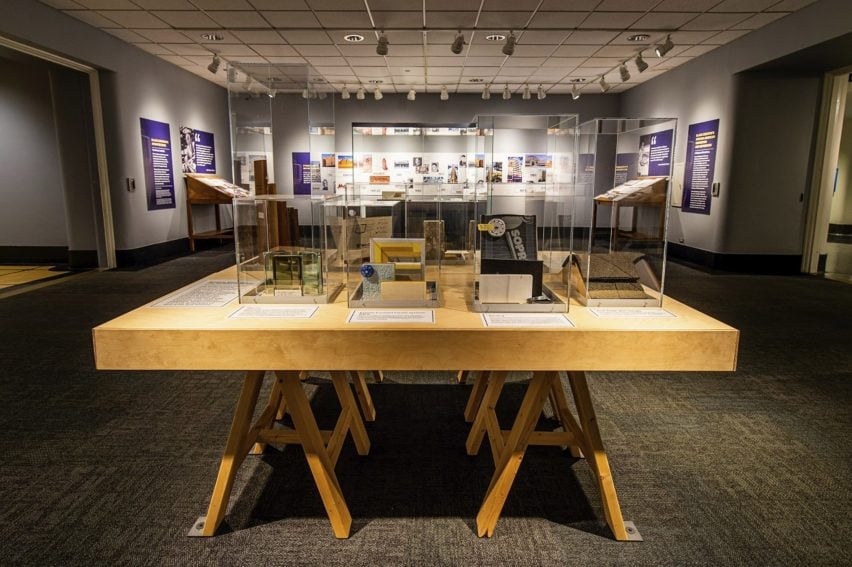The racial paradigm in the United States means that Black architects must continue to operate against the grain in order to get projects built, says From the Ground Up exhibition curator Hasaan Kirkland.
Kirkland believes that barriers to entry and recognition continue to disadvantage people of colour in architecture, making it important to highlight the background of architects.
“Extra work is being done to be a Black anything,” said Kirkland, curatorial consultant for the Seattle edition of a travelling exhibition called From the Ground Up: Black Architects and Designers.
“Why can we not just be architects?”
“Why can we not just be architects, why do we have to be Black architects?” he asked.
“Well, it’s because of the paradigm in this country that deals with separation and racism that is originated by a select individual cultural mentality. We will still have to contend with tropes that do no good.”
“There are many unsung heroes, if you will, in the industry of architecture, primarily because they’re African Americans and have to contend with the world and all of the concerns that would prevent African Americans from being able to have a central voice and an opportunity to be recognized.”
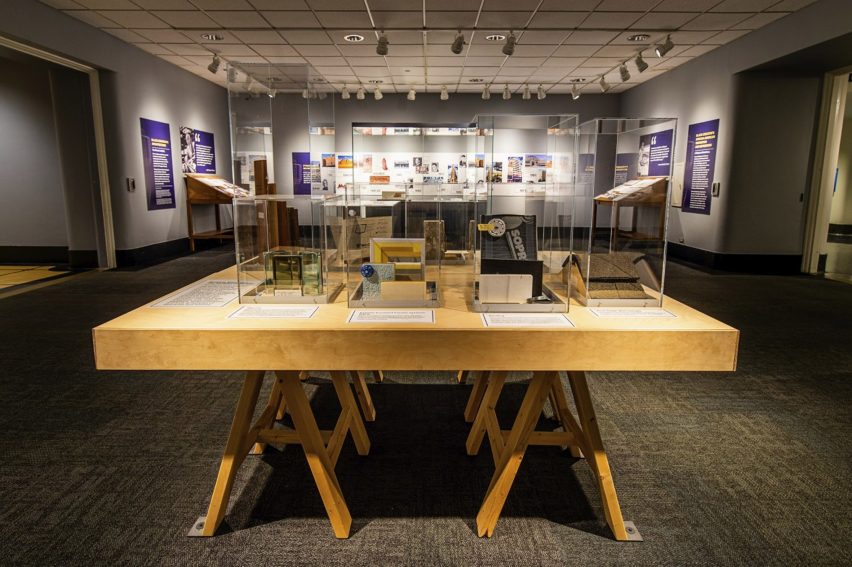
Kirkland believes that additional work must be done to shed light on Black architects and their contribution to city skylines as an important part of urban identity, both historically and in the present.
Impressive buildings can often be attributed to white architectural companies by default, which has led to Black architects and studios led by Black architects having less “scope to be recognized”, he argued.
A “feat of courage” for Black architects
“With the history of the country, to be an architectural firm became a feat of courage and of undoing some things that were racially motivated to prevent that from happening,” said Kirkland.
He contends that this context means it is important to have educational programming that informs people about the contributions of Black architects to the built environment.
“Architecture is what creates our skylines for every city, and every state, but it is often unknown how many African Americans are actually contributors to those skylines, to the buildings that we see and drive around every day,” said Kirkland.
“We just assume that they are created by another white architectural company, but there are Black firms.”
Recognising this contribution is part of the work the exhibition is carrying out. Originally conceived via the Museum of Science and Industry in Chicago, the traveling exhibition zeroes in on the architects of specific regions alongside the core programming.
People should “see themselves” in architecture
However, Kirkland pointed out that just because an architect is Black, it doesn’t mean the spaces are necessarily designed for the community – although Black architects often work in areas like social housing that are traditionally ignored in legacy architecture.
“Just because they’re a Black firm doesn’t mean they make the building specifically for Black people,” he said. “If a Black person was never to set foot in those buildings, that’s not the primary concern. The primary concern is to create the building.”
But when people are shown the origin of the building, he says, that provides an added benefit.
“When you begin to have that context into your understanding, then people of color become inspired and empowered by the industry of architecture because they can begin to see themselves not just on the wall but the wall itself,” Kirkland said.
Read on for a look at five buildings worked on by Black architects highlighted in the exhibition.
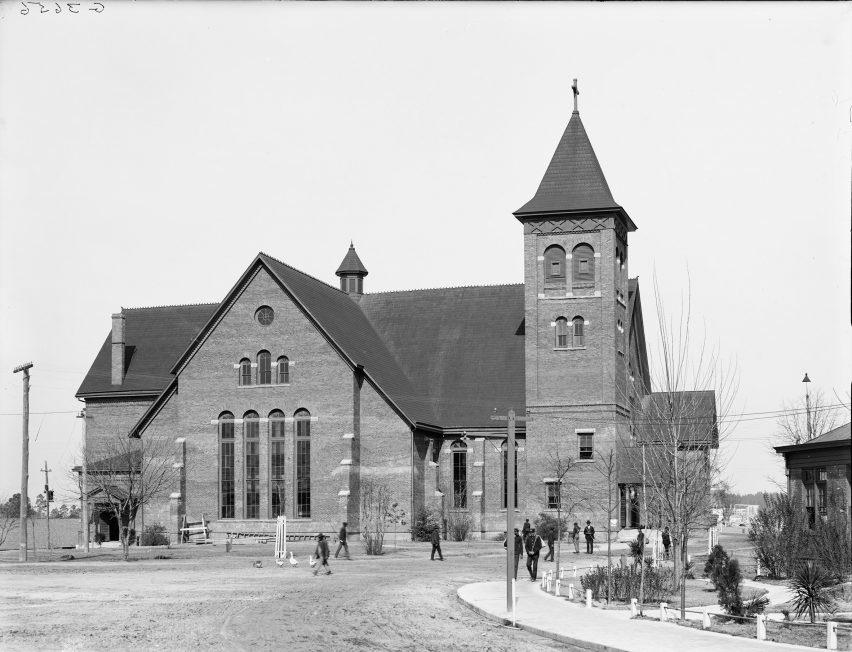
Butler Chapel Tuskegee Institute, Tuskegee, by Robert R Taylor
Robert R Taylor was the first Black American to receive a formal architecture degree, from the Massachusetts Institute of Technology. Upon graduating, he was offered a position as the director of the Department of Mechanical Industries at the Tuskegee Institute by founder and activist Dr Booker T Washington.
The first building in the county to have interior lights, the chapel was one among many Gothic-style brick buildings designed by Taylor for the institute.
Completed in 1898, the chapel was eventually destroyed in a fire in 1957. The institute’s new chapel was designed almost 70 years later by Paul Rudolph and the studio of John A Welch and Louis Fry, both graduates of the institute.
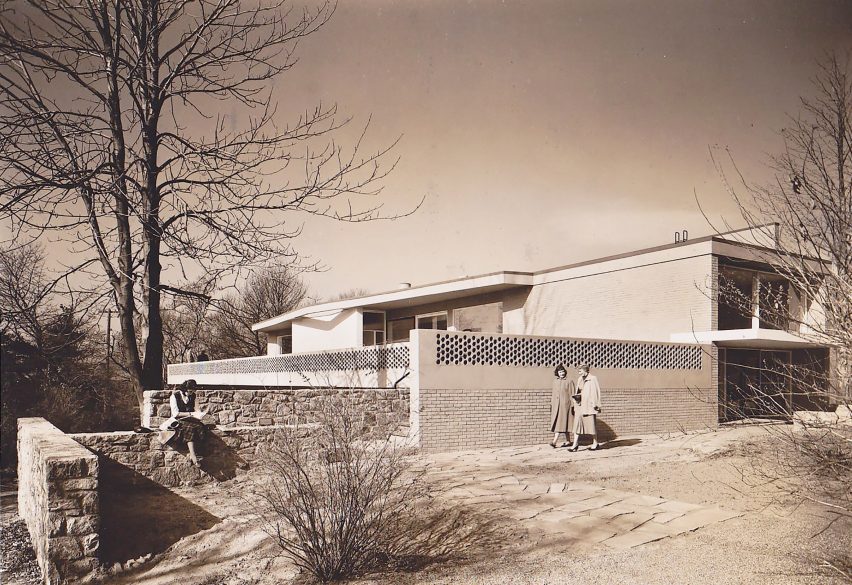
Arts Complex at Sarah Lawrence College, New York, by Edward Durell Stone and Beverly L Greene
In 1952, Beverly L Greene worked with Edward Durell Stone to complete the brick-and-stone modernist art complex at Sarah Lawrence College.
Greene was the first Black woman to receive a degree in architectural engineering in the United States. Born in Chicago, she went on to work on numerous important modernist projects, including the UNESCO Heritage Headquarters by Marcel Breuer in Paris.
Greene also worked on a number of housing developments in New York City and Chicago, including Stuy Town on Manhattan’s east side. After also earning a masters degree in architecture at Columbia, Greene went on to design a number of buildings for NYU.
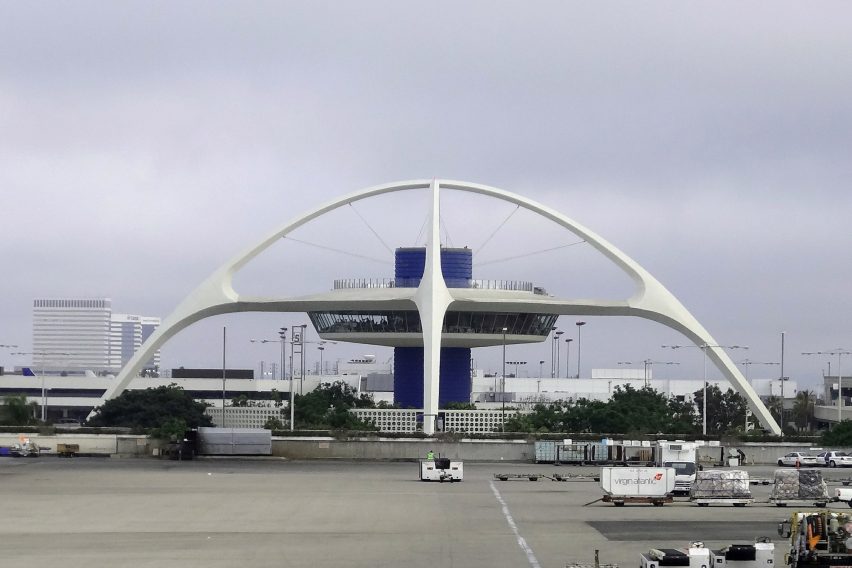
Theme Building at LAX, Los Angeles, by Paul Revere Williams
Completed in 1961, the Theme Building at LAX was hailed as a prime example of late modern architecture. It was designed by Paul Revere Williams, a locally-born architect known for his work on homes for celebrities such as Frank Sinatra.
The Theme Building is a domed restaurant suspended by concrete arches. It was part of a major expansion of the airport during that time period and recently underwent structural stabilisation to maintain it.
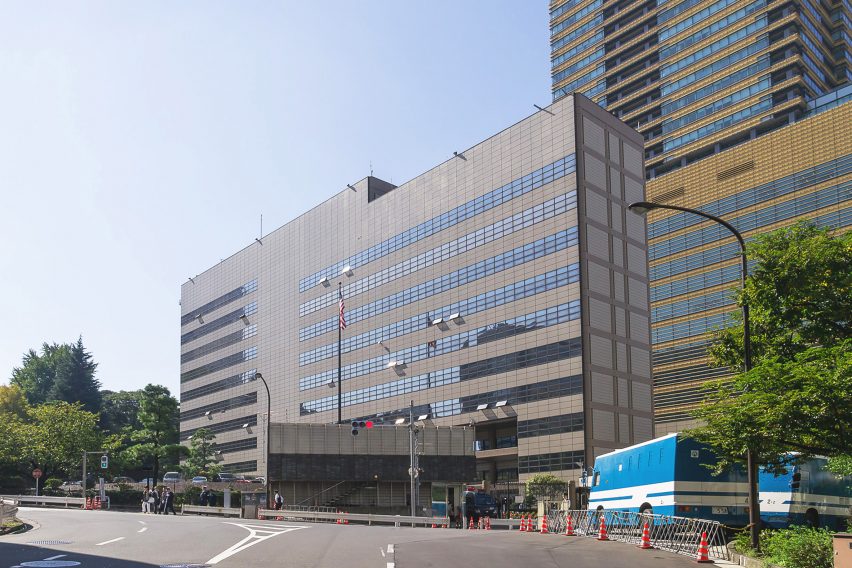
US Embassy in Tokyo, Tokyo, by Cesar Pelli and Norma Merrick Sklarek
Completed in 1976, the US Embassy Building in Tokyo displayed the modernist sensibilities of American architecture in an international context. Norma Merrick Sklarek also worked with Argentine architect Cesar Pelli on other projects, including the Pacific Design Center in Los Angeles.
Born in Harlem, Sklarek was the first Black woman to be listed as a fellow of the American Institute of Architects. Moving her license from New York to California, Sklarek was also the first Black woman to lead a division of a white-owned architecture studio.
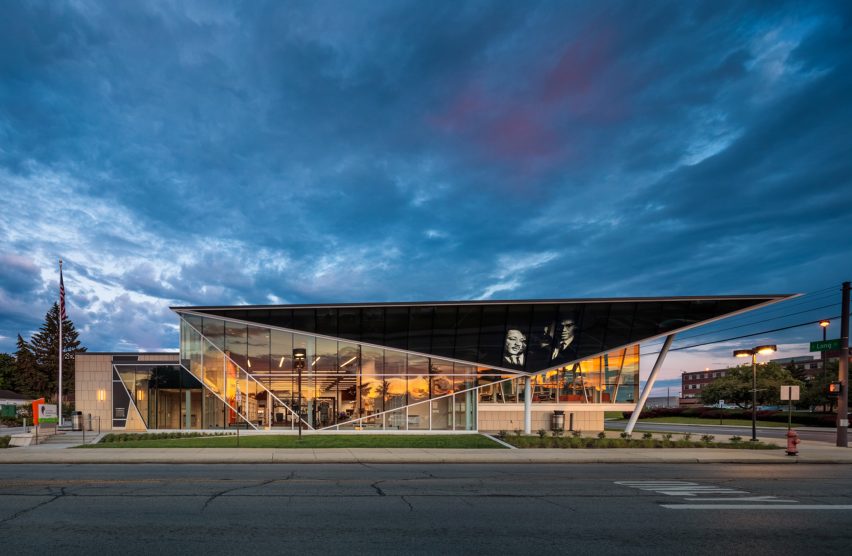
Martin Luther King Branch, Columbus, by Moody Nolan
A branch of the Columbus Metropolitan Library in Ohio, the Martin Luther King Branch is an example of architecture explicitly dedicated to the African American community.
The first library branch to be named after King, it was completed in 2018 by Moody Nolan, a local, Black-owned studio run by Curtis Moody and Howard E Nolan. The project won the National Organization of Minority Architects (NOMA) Phil Freelon Professional Design Award in 2020.
Founded in 1982, Moody Nolan is now the largest Black-owned architecture studio in the country and has worked on a number of large-scale projects.
From the Ground Up is on show at MOHAI in Seattle from February 4 to April 30. Visit Dezeen’s Event Guide for more events, exhibits and talks about architecture and design.

